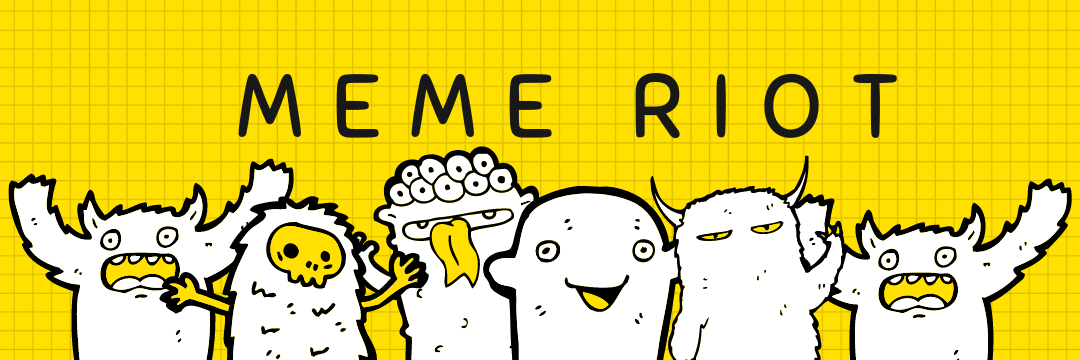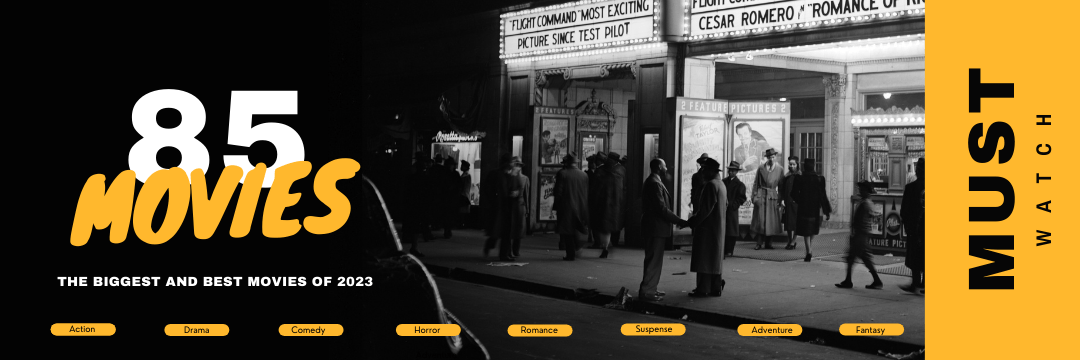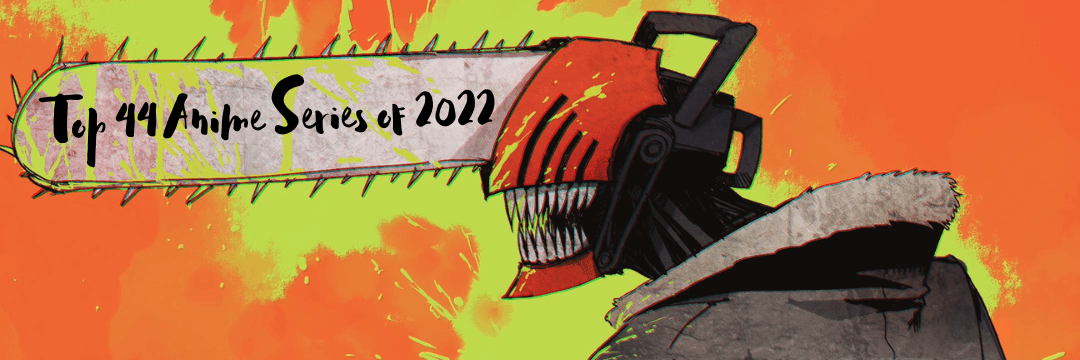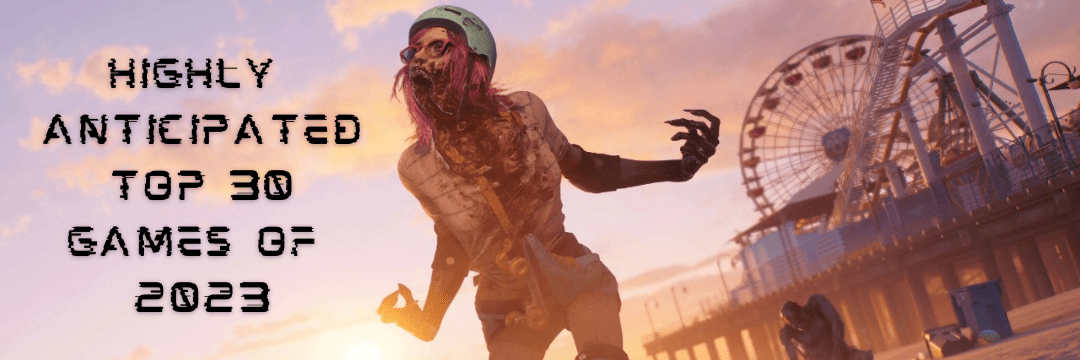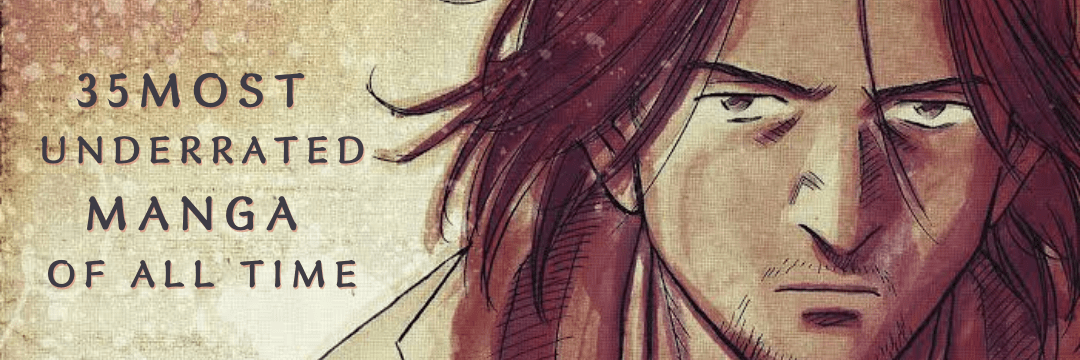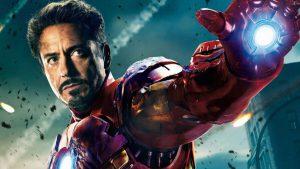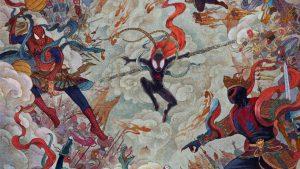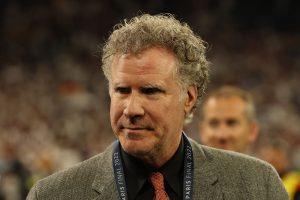Unforgettable ’90s Pokémon Ad: Nightmare Fuel Marketing Delivers Unforgettable Experience
Throughout my Pokémon journey, cherished memories have been captured, from the anticipation of Pokémon: The First Movie’s poster to the exhilaration of facing the final boss in Pokémon Scarlet and Violet. This multimedia franchise, created by Game Freak, weaves a tapestry of unforgettable moments that have shaped my nearly lifelong experience. However, one haunting memory resurfaced—an infamous 1998 TV/VHS commercial for Pokémon Red and Blue. In this advertisement, a deranged bus driver mercilessly crushes Pikachu and company with a car crusher. As the memories flood back, I find myself yearning to forget this nightmarish depiction.
To be fair, the ad epitomizes the exaggerated, crude, and edgy style of ’90s video game marketing. It is a testament to the era, where over-the-top presentations were the norm. Nonetheless, revisiting the video of a bus driver callously collecting Pocket Monsters under the guise of public transit serves as a stark reminder of how Pokémon marketing has evolved since the turn of the century.
Modern Pokémon marketing often embraces the franchise’s wholesome aspects, emphasizing friendship and the joys of embarking on a collective journey. Recent live-action ads, like the original Scarlet and Violet reveal trailer, highlight the enchantment of the Pokémon world rather than solely focusing on the collecting aspect.
The iconic slogan “Gotta Catch ‘Em All” has been retired from the franchise for almost a decade now, with its last appearance tied to a now-defunct website promotion for Pokémon X and Y. The notion of tricking and capturing Pokémon is no longer a central theme in how The Pokémon Company presents the franchise. Instead, the focus seems to have shifted towards emphasizing the power of friendship. Mechanically, the concept of catching Pokémon remains the same, but the franchise’s messaging has evolved. While watching this unsettling ’90s ad, one can’t help but acknowledge the stark contrast between past and present approaches.
Nintendo seemed to have recognized the unease surrounding the original ad, as alternative versions were released online. These versions featured different takes and strategic cuts to tone down the bus driver’s menacing aura, despite maintaining his malicious intent. The revised ad showed less maniacal laughter, portrayed the bus driver as kinder towards Pikachu, and significantly reduced the graphic depiction of the bus’s destruction. Perhaps there was a conscious effort to spare young viewers from witnessing their beloved Pocket Monsters being violently squashed any further.
Nevertheless, the commercial’s core message remains intact. As the hydraulic press opens, all that remains is a Game Boy with Pikachu and friends desperately struggling to escape through the screen. The Pokémon’s evident fear and vulnerability are disconcerting. I, too, share their apprehension as this unconventional method of capturing Pokémon does not align with the Pokémon League-approved practices. Mr. Bus Driver, please adhere to the conventional approach of battling and weakening Pokémon until they are too frail to resist capture. Imprisoning them in Pokéballs is a universally accepted norm.
The bus ad feels like a fever dream from an era when companies were less concerned about preserving the pristine image of their billion-dollar properties. Today, the Pokémon franchise exhibits a more consistent tone across its games, anime, and advertisements. However, glimpses of the raw and gritty ’90s Pokémon era occasionally resurface, such as the dark and occasionally crude undertones of the Detective Pikachu movie or the grandiose world-building in recent games like Legends: Arceus and Scarlet and Violet. Despite this, The Pokémon Company strives to maintain a public-facing image that is friendly, light, and wholesome. The more I reflect on it, the more the bus ad encapsulates a moment when branding was not yet hermetically sealed,










